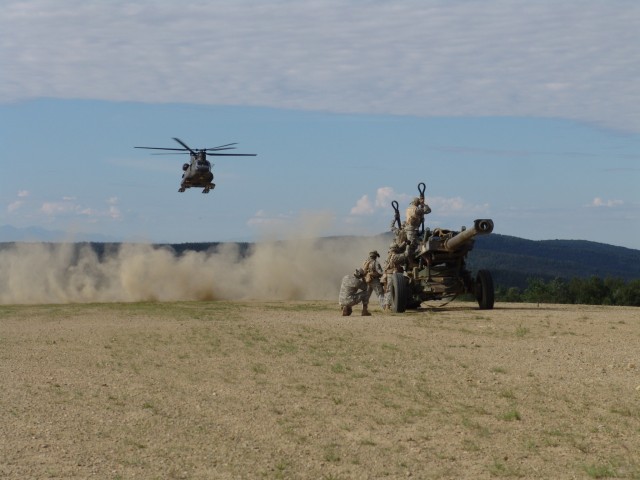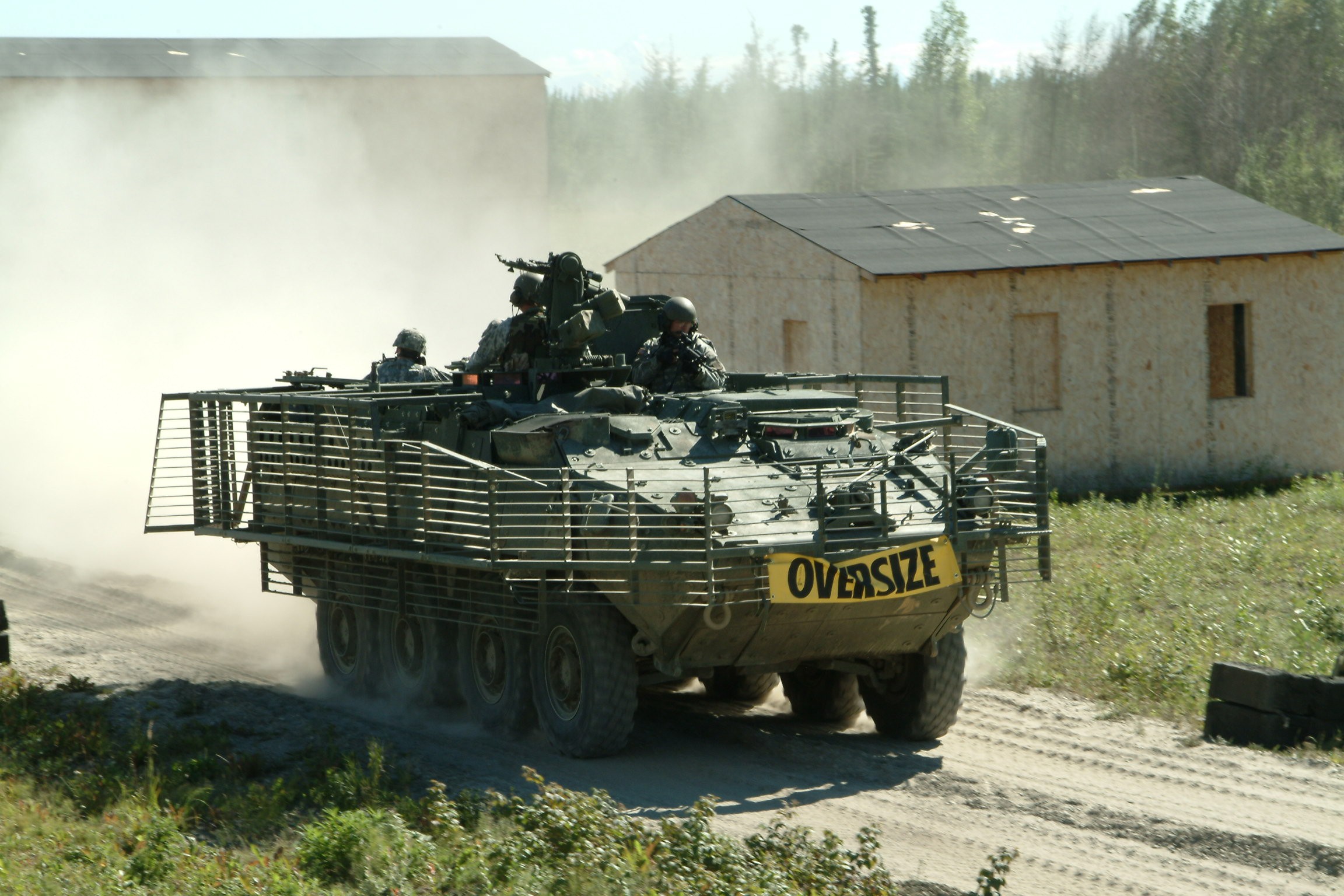FORT WAINWRIGHT, Alaska - Editor's note: The 70th Anniversary and celebration of Ladd Army Airfield is scheduled for tomorrow. Over the past four weeks the Alaska Post, with information compiled by Mike Ferguson and other resources, has helped lay the foundation of what transpired over the years to bring us to where we are today. Part 5 completes the journey to July 17, 2010.
Part 1 described what happened between 1930 and 1940. Congress realized the need for a strategic location at the top of the world, the importance of learning how to operate under extreme conditions and how Ladd Army Airfield was built in just over a year.
Part 2 explained the dividends of cold-weather testing and how Ladd Army Airfield, along with the Lend-Lease activities, played a pivotal role in a campaign by the United States to help the Soviet Union battle Hitler.
Part 3 told about the end of World War II, the start of the Cold War Era, the establishment of the U.S. Air Force and the subsequent name change to Ladd Air Force Base. After the Alaskan Air Command was unable to lengthen the runway, which was restricted by the Chena River on both ends, it began moving alert bomber operations to Eielson Air Force Base, 26 miles south. The Army then resumed control of the installation renamed it Fort Wainwright and it became home to the 12th Aviation Battalion helicopters and fixed-wing aircraft. A section of the post also became home to the Bureau of Land Management as a base for fire-fighting aircraft.
Part 4 touched on humanitarian efforts when the 12th Aviation Company deployed south to Fort Richardson and Elmendorf AFB to assist the community of Anchorage in the aftermath of the strongest recorded earthquake in history in 1964. Fort Wainwright and its ground and aviation assets assisted the community of Fairbanks in 1967 in the aftermath of its worst recorded flood in 66 years. Military boats and aircraft rescued many from rooftops and high ground and transported them to hospitals, shelters and relief centers.
During the early 1970's the 222nd Aviation Battalion was transferred from Vietnam to Fort Wainwright to support the 172nd Separate Infantry Brigade and was considered the largest and most diverse aviation battalion in the Army. From 1974 through 1979 Fort Wainwright became a management center for the Trans-Alaska oil pipeline construction project with a camp located on post which housed 1,164 workers.
Part 5 explains how the Army began its transformation from Cold War heavy forces designed to counter Soviet and Soviet-sponsored excursions in Europe to lighter, more mobile forces designed to counter conventional and unconventional threats worldwide. The transformation resulted in the deactivation of the 6th Infantry Division (Light) and Aviation Brigade. The division was replaced by the United States Army Alaska, headquartered at Fort Richardson with the subordinate 172nd Infantry Brigade headquartered at Fort Wainwright.
The downsizing to a brigade-level infantry force resulted in the deactivation of the 6th Aviation Brigade which was replaced by the 4th Battalion, 123rd Aviation Regiment. The 4/9th Cav. was deactivated and the AH-1 Cobra and OH-58 attack aircraft were transferred out. The 4-123rd had five companies: a Headquarters Company; Alpha Company, Renegades, with UH-60 Blackhawks; Bravo Company, Sugar Bears, with CH-47 Chinooks; Charlie Company, Old Dukes, Intermediate Maintenance and the 68th Medical Company, Dustoff, with UH-60 Blackhawks.
The capabilities of the CH-47 Chinook helicopter brought the Bravo Company Sugar Bears a unique mission of high-altitude rescue on Mount McKinley, at 20,320 feet the highest mountain in North America. The company's High Altitude Rescue Team holds the world altitude record for rescue-hoist operations at 18,200 feet and has conducted landings in support of rescue operations at 19,600 feet.
In May 2003 the 172nd Infantry Brigade became the 172nd Stryker Brigade Combat Team, becoming the third of six brigades to be equipped with the Army's latest mechanized vehicle, the 19-ton, 8-wheel Interim Armored Vehicle named the Stryker after a Medal of Honor recipient.
The 4th Battalion, 123rd Aviation Regiment continued to be the aviation support element for the brigade, but in November 2004 was deployed autonomously to conduct combat air support operations in Iraq. Elements of its 68th Medical Company were also deployed to Afghanistan to support combat operations there. In August 2005, the 172nd SBCT deployed to Iraq.
In a move toward transformation to modular general support aviation battalions, elements of the 1st Battalion, 52nd Aviation Regiment were transferred from Korea and activated on Fort Wainwright. The 4-123rd returned from Iraq and its assets were folded into the 1-52nd Headquarters, Aviation Task Force 49, and was activated in anticipation of the addition of a cavalry squadron, which occurred when the 6th Squadron, 17th Cavalry was activated with OH-58 Kiowa attack helicopters.
In May 2006, the commander of U.S. Army Garrison Alaska approved the renaming of the airfield to Ladd Army Airfield, reinstating its historic legacy.
Since then Fort Wainwright Soldiers and families have been called upon to endure the ongoing battle against terrorism and stand ready living the life as Arctic Warriors, training and surviving in one of the most unique duty stations in the world.
During this, the 70th Anniversary of Ladd Army Airfield, Fort Wainwright, Alaska, remains on top of the world in global defense.




Social Sharing